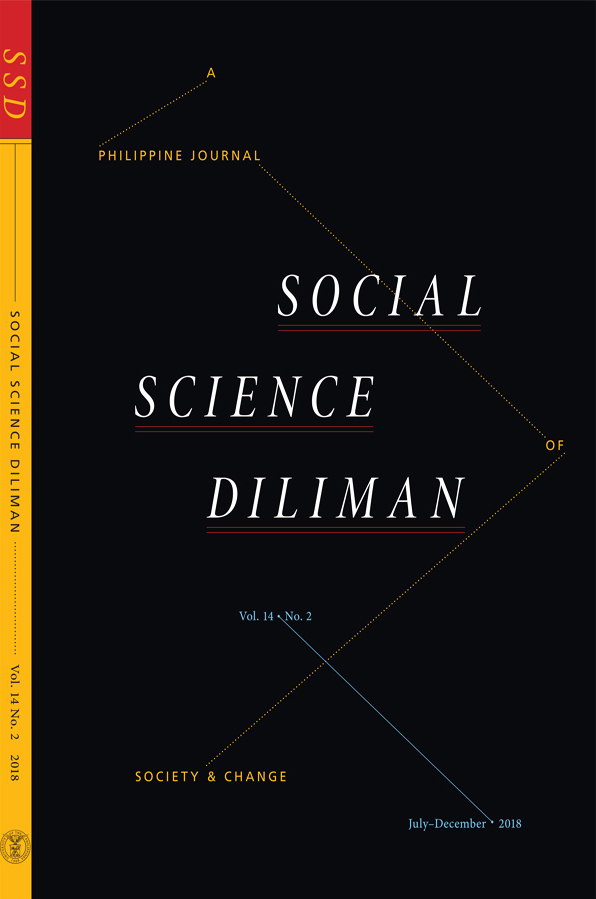"It's time to get Australian": Unpicking populist responses to immigration, </br>asylum-seekers, leprosy and the nation
Abstract
I argue that the Federation of Australia, when Australia became a nation, was predicated on producing a solution to the threat, not only of “others”, but also of “disease-bearing others”. Current research shows that the “other” is now redefined based on religious, rather than racial, grounds. In this paper, I describe the symbolic power of leprosy, the work to which it was put in the colony of Queensland in the nineteenth century, and the determining power of the social imaginary in its ability to make powerful and resonant associations that are persistently recirculated and rearticulated in times of stress. Subsequently, while asylum seekers have overtaken immigrant workers as posing a threat to the nation disease no longer needs to be marshalled to do the symbolic work that it did in the past because a far greater threat resides in Islamic fundamentalism, the new leprosy. In the discursive formation, one potent signifier (leprosy) is replaced by another seemingly unrelated but equally powerful one (Islamic fundamentalism); so that a complex of associations persists in producing subjects—(nineteenth century immigrant laborers and twenty-first century asylum seekers)—speaking about them, understanding them, and positioning them in populist discourse. Thus, embedded within Australia’s Pacific Solution and Border Protection Policy, the most recent evidence of immigration practices that have been in the making since Australia became a nation, we can find powerful and ghostly notions of disease and fears of contamination that reinforce fears of Islamic fundamentalism and terrorism (Parliament of Australia 2001).
KEYWORDS: leprosy, asylum seekers, Australia, Islamic fundamentalism, diseases


